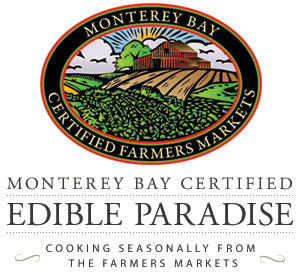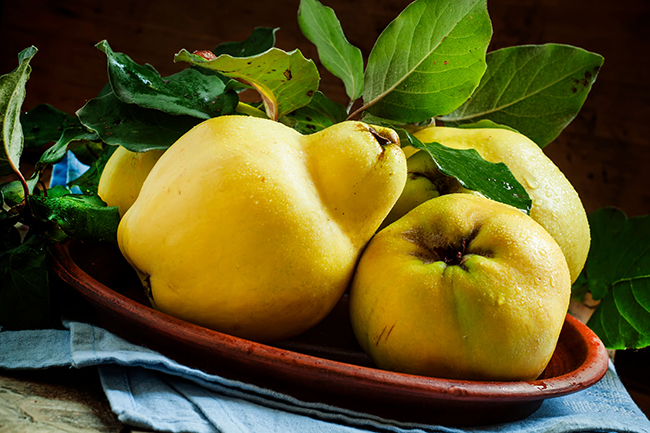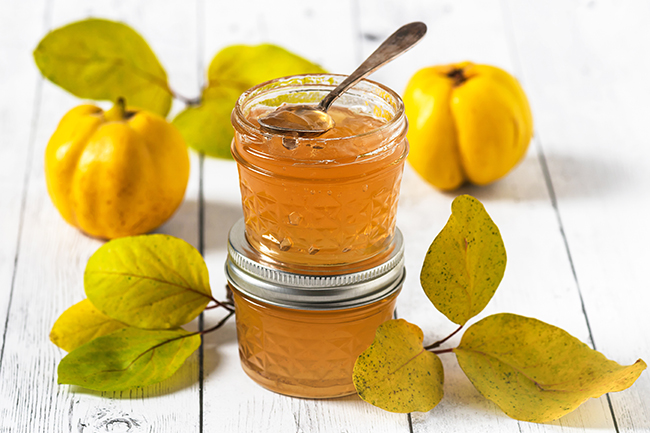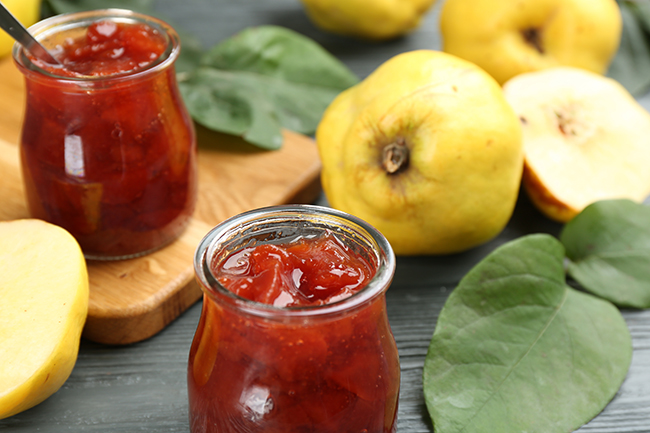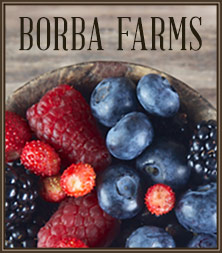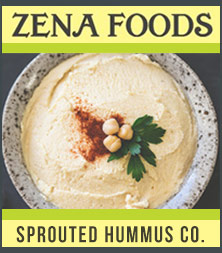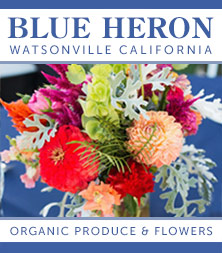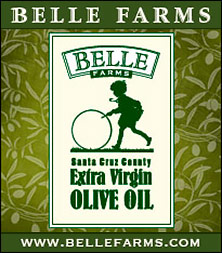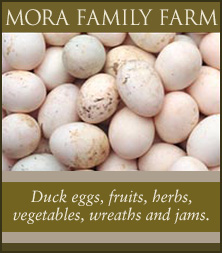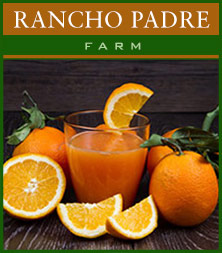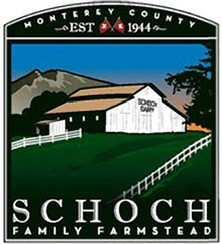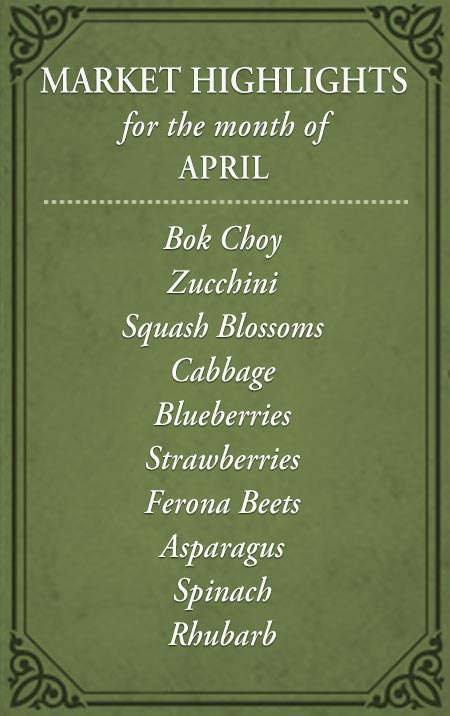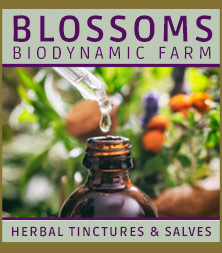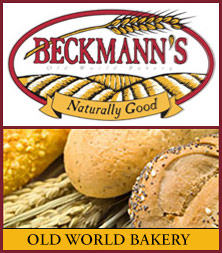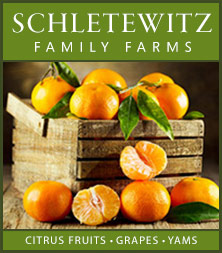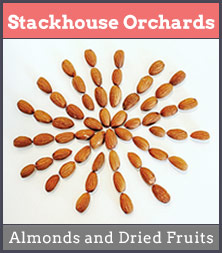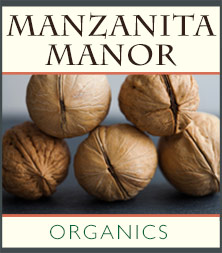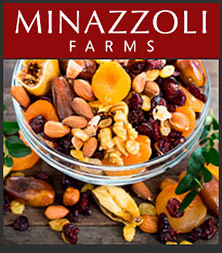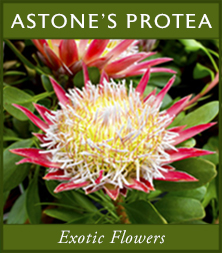Quince is believed to predate the apple and is often referenced in ancient texts, possibly as the fabled “forbidden fruit” from the Garden of Eden. Greek mythology intertwines quince with Aphrodite, the goddess of love, speculating that the golden apple presented to her by Paris was, in fact, a quince. The Greek word for quince, “kythoni” (or “kydoni“), reflects its historical significance and associations with fertility, especially in wedding celebrations. Although nearly inedible when raw, quince transforms into a sweet and luscious delight when cooked. Originating in western Asia and Turkey, it has gained particular popularity in Spain, France, and Portugal, where it is cherished in the form of jellies and jams.
Intriguingly, quince serves diverse roles worldwide. In Argentina, it contributes to the creation of hair gel products, while in the Middle East, its seeds play a crucial role in formulating cough medicines. In the United States, grafting quince onto pear trees proves beneficial, enhancing fruit production without altering the taste of the pears themselves. Furthermore, the ancient Greeks revered quince, incorporating it into wedding ceremonies as a symbol of unwavering commitment through life’s ups and downs.
Quince, despite its rich history dating back centuries, remains relatively unknown in the United States. Resembling a large, fuzzy lemon, quince has been relegated to the status of a “specialty” fruit. You will find quince at farmers’ markets during the fall and early winter months, typically before the onset of the first frost.
Culinary Versatility
Modern-day quince bears the appearance of a cross between an apple and a pear, boasting an average weight of approximately 4 ounces and a rich yellow exterior that exudes a sweet fragrance. A ripe quince emits a robust aroma reminiscent of tropical fruits or a fragrant, vanilla-based scent. Prior to cooking, quince is hard, acidic, and astringent, but its transformation during cooking is nothing short of remarkable. When prepared in aluminum cookware, quince takes on a vibrant red hue. One of its remarkable features is the naturally occurring pectin content that aids in gelling processes. When cooking quince, it is imperative to remove the fruit’s peel and core. Quince can be roasted, stewed, pureed, poached, baked, or even grilled.
While fresh quince can sometimes be challenging to find, it is worth the effort. Quince makes flavorful marmalades, jams, and jellies without having to use pectin, owing to its abundant natural pectin content. It also elevates the flavors of apple pies and pairs wonderfully with cheese and various meats, such as lamb, turkey, duck, and pork, particularly in traditional Greek dishes.
One of the most straightforward methods to cook with quince is poaching. By peeling and slicing the quince into quarters and simmering them in a poaching liquid of water, honey, sugar, and spices for 30 to 40 minutes, you can enjoy both the sweet fruit and the poaching liquid. You can strain and use the fruit immediately, or preserve it in the syrup for other applications.
Selecting and Storing Quince
When choosing quince, opt for fruits with a vibrant yellow hue, free from bruises or green patches. Handle them with care, as ripe quince is susceptible to bruising. For storage, place quince in a plastic bag and keep them in the refrigerator for up to two months. However, once cut, quince tends to oxidize rapidly and discolor quickly.
Each serving of quince comprises approximately 50 calories and offers modest quantities of vitamin C, iron, and calcium while boasting a high dietary fiber content.
You’ll find quince at Mora Family Farms.
RECIPES: Click here for quince recipes.
